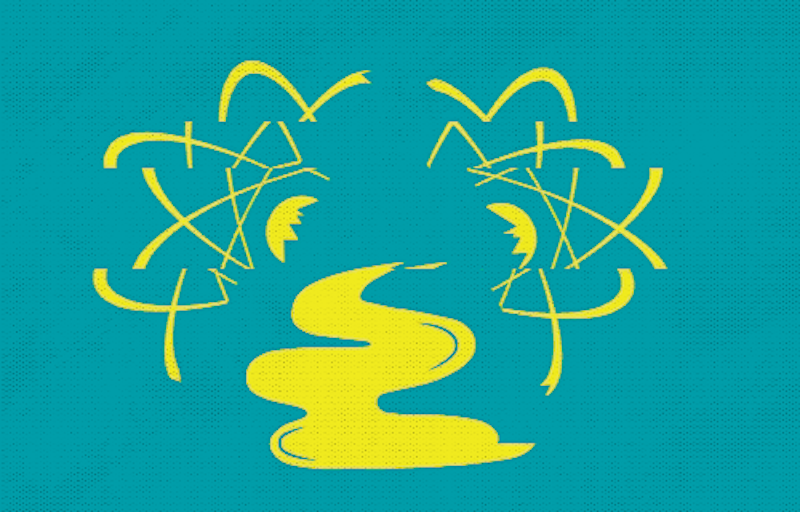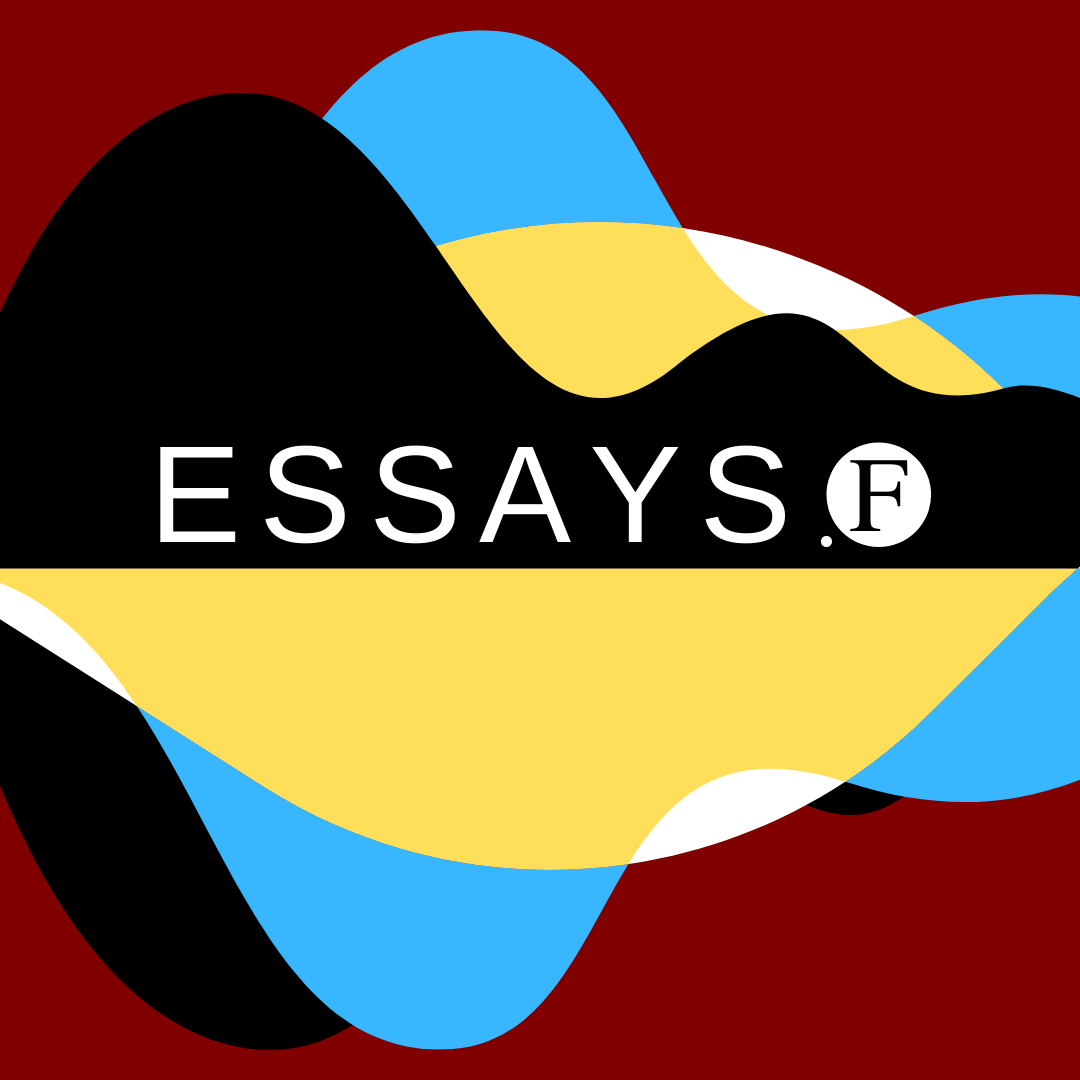Putting Practice into Theory
More than simply an idea, but not a material object either, Steven French asks what kind of thing a scientific theory is

What is a scientific theory? On the one hand, even though we can point to any number presented in scientific papers, or in textbooks, or at seminars, a theory is not something physical, like the papers, books, or PowerPoint slides themselves. If it were, we’d have a different theory every time a particular paper or book was reprinted, or a given seminar was repeated! On the other hand, even though they are ‘thought up’ somehow by scientists, neither are theories just ideas in scientists’ minds (or mental states, as philosophers would say). Again, if they were, the theory ‘thought up’ by a particular scientist would appear to be a different thing from the theory held in the mind of the person reading that scientist’s paper, say. There would be as many different theories as people reading the paper!
Theories seem then to inhabit a different realm from either physical things or ideas in someone’s mind. Karl Popper, the renowned philosopher of science, argued that theories inhabit what he called ‘World Three’, which is ‘the world of intelligibles, or of ideas in the objective sense’, in contrast with both ‘World One’, the world of physical things and ‘World Two’, the world of ideas in people’s minds respectively. It is in World Three that we find not only Newton’s theory of gravitation but also Shakespeare’s Hamlet, Beethoven’s Fifth Symphony, and even the US Constitution. As with scientific theories, it seems implausible to identify works of literature and musical pieces with particular physical objects. Regarding them as just ideas in peoples’ minds runs into the same worry we had about theories—we’d have a different Hamlet for every different reader!
Popper’s treatment of theories as on a par with literary and musical works in this respect is illuminating and encourages further reflection on the similarities and differences between the ‘products’ of art and science. One similarity, for example, is that theories are typically taken to represent a physical system, in some respect, just as depictive paintings are taken to represent some individual, or scene, or flower and fruit arrangement. Indeed, in recent years there has been quite an extensive discussion in the philosophical literature about how theories represent things in the world, with numerous examples drawn from works of art, not all of them entirely apposite.
However, there is also what appears to be an obvious difference: we usually talk of Beethoven ‘creating’ his symphony but Newton ‘discovering’ his theory. Now that latter kind of talk might mesh nicely with Popper’s view, if we think of theories as laying scattered about in World Three, just waiting for someone to trip over them. Obviously, we might want to modify that picture a bit, because it took a Newton to ‘discover’ the theory of gravitation, so perhaps access to the denizens of World Three varies across scientists, with only certain individuals capable of accessing the most profound or significant theories. At this point we might wonder what this ‘access’ consists of—some kind of ‘inner perception’ perhaps? And even though not everyone can be a Newton, this access can clearly be improved. So how does that work?
That takes us to another problem with Popper’s picture. Despite our usual talk of scientists ‘discovering’ their theories and artists ‘creating’ their works, we now appreciate that scientific research too is hugely creative. Philosophically, this is reflected in the focus on the ‘heuristic’ aspect of science, that is, the moves and manoeuvres, strategies and devices that scientists deploy in the course of their research, culminating—when it comes to theoretical work at least—in the presentation of their theory. Just as we can follow Picasso’s ‘process’ in painting Guernica through his various sketches, for example, so we can follow Einstein’s in coming up with the general theory of relativity. But of course Picasso’s sketches are here, in World One, for all to see. Are we expected to believe that Einstein’s ‘proto-versions’ of his general theory, false starts and all, were all there in World Three waiting to be ‘discovered’?
The implausibility of such an idea is mitigated a little if we adopt Amy Thomasson’s proposal that we should regard artworks as ‘abstract artefacts’ that come into existence and are sustained by the intentions of their creators. So, Beethoven’s Fifth was created and sustained through the composer’s intention, and in this sense is an artefact. But it is not physical, nor is it just an idea in Beethoven’s mind, so it should be should be regarded as abstract. Extending this idea to scientific theories, we might think of Einstein’s theory as likewise coming into existence through Einstein’s intention and thereafter existing in Popper’s World Three.
However, it remains unclear how such a proposal meshes with the heuristic processes that scientists go through. In particular, given what we know of the development of Einstein’s theory, some of which is evidenced by the papers he published before the final ‘version’ appeared in 1915, World Three must be littered with proto-theories, speculative hypotheses, and everything in between. Now it’s not as if any of us, bumbling around here in Word One, with our thoughts in World Two, are going to be terribly inconvenienced by a World Three jam-packed with all these assorted theories, half-baked or not. Still, some might prefer to ‘de-clutter’ our philosophical standpoint and come up with something a little more minimalist in nature.
One quite radical way of achieving such a philosophical spring cleaning is to insist that the question with which I began this essay gets us off on the wrong foot right from the start: theories are not things. Perhaps we’ve been misled by all the reflection on how theories represent the world, suggesting that theories are like paintings in this respect. A painting like Picasso’s Guernica can be pointed to, hefted about, and so on. All we have in the case of theories are the published papers, the talks and seminars, perhaps the notes and jottings—that is, the physical end results of a number of scientific practices. And in my book There Are No Such Things as Theories I suggest that’s all there is!
It might immediately be objected that we and, crucially, scientists talk and argue about theories, we compare and contrast them and ascribe certain qualities to them, as when the general theory of relativity is described by Landau and Lifshitz as ‘probably the most beautiful of all existing physical theories’. How are we to make sense of such assertions if there actually are no theories that possess these qualities? The answer lies in a device taken from metaphysics: the claim that ‘x exists’ might be made true by something other than x. Instead of taking the claim ‘this table exists’ to be made true by the table, we can take it to be made true by the elementary particles that, arranged appropriately according to the laws and principles of physics, make up or otherwise compose what we call the table. But on this view, ultimately and fundamentally, there is no table, there is just the collection of elementary particles, arranged a certain way (to put it a little crudely).
We can extend this device to theories: what makes it true that quantum theory is empirically confirmed or that general relativity is beautiful, say, are the various practices that scientists engage in. The striking confirmation of quantum theory by experiment after experiment crucially involves a whole complex set of practices, from the derivation of certain results set down on the whiteboard and then in published papers to the setting up and arrangement of assorted pieces of equipment and so on. My claim is that it is this collected set of practices that make true the claim that ‘quantum theory is empirically confirmed’, rather than some thing, quantum theory, that has some quality of being empirically confirmed.
And likewise, Landau and Lifshitz’s claim that Einstein’s general relativity is probably the most beautiful of all theories should be understood not in terms of attributing some aesthetic quality—in this case, beauty—to some thing—the theory of general relativity. Rather, we should understand this claim about beauty as being made true by the manner in which a certain set of symbols are set down, are interpreted, and so on, via a nexus of different practices. From this perspective, all the familiar worries about what it could mean for a scientific theory, as opposed to an artwork, to be ‘beautiful’, simply evaporate.
There is more to say, of course, about how this shifts our stance when it comes to reflecting on science, its history, and our philosophizing about it. Here I shall end things with my take home message: there are no theories, just theory-shaped bits of practice!
The Source Code
This essay is based on There Are No Such Things as Theories by Steven French (Oxford University Press, 2020).






